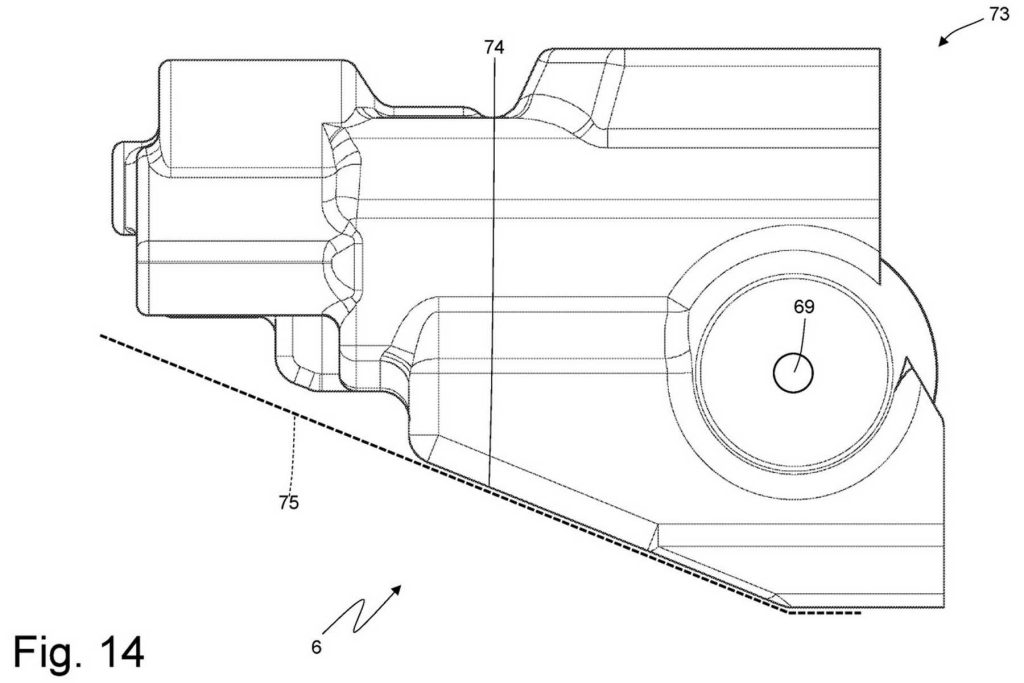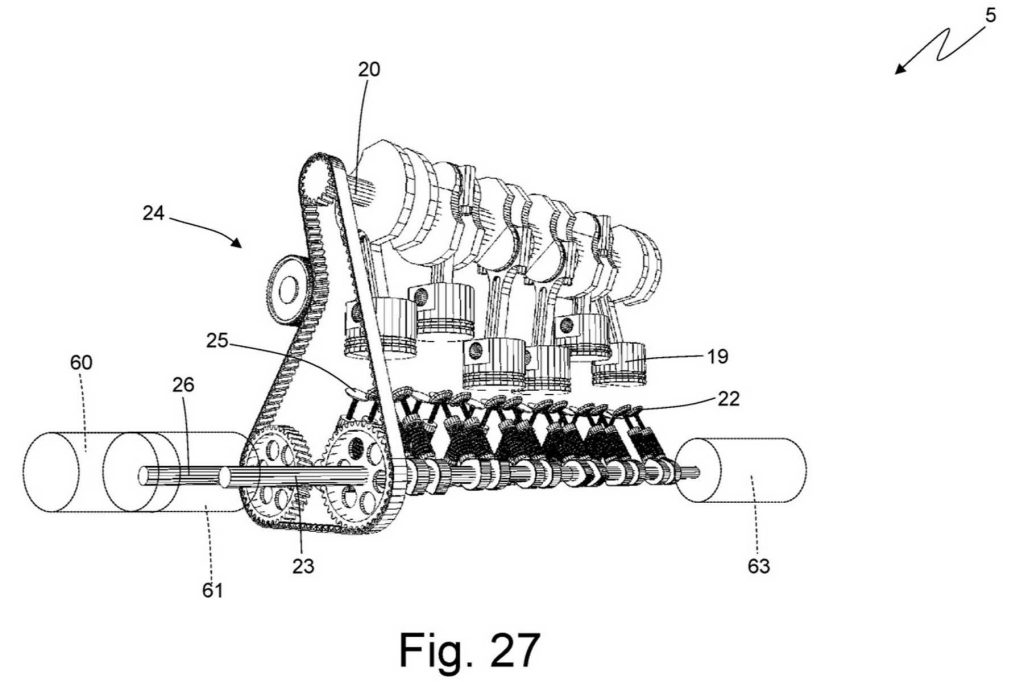Ferrari recently filed a patent to create a hybrid Ferrari with heat engine ad hydrogen 6 cylinder twin turbo on line. For this project, the Maranello company has chosen to opt for a configuration of in-line enginewith a hydrogen tank distributed on both sides. The patent of Ferrari hydrogen engine was filed in both the European Union and the United States, with the signature of Fabrizio Favarettowho has worked at Ferrari for 24 years and currently holds the role of “Vehicle and Powertrain Architectures Innovation Manager”.
Ferrari hydrogen engine
The technical data stored on the hydrogen Ferrari show the characteristics of a sports car hybrid with rear combustion engine and front electric motor. Regarding the front axle with the electric unit there are no details and it could probably be a 48 volt hybrid systemwhile the real novelty is represented by therear combustion unit powered by hydrogen gas.
Choosing an inline engine over a V engine delivers space for tanks of hydrogen, positioned behind the passenger compartment on both sides of the engine. Unusually, the engine is mounted backwardswith the crankshaft at the top and the cylinder head at the bottom, close to the road.
Inverted hydrogen engine, characteristics
The Maranello engineers hypothesized mounting the engine backwards to position the transmission higher than the engineallowing the installation of a larger extractor chute at the rear of the car, with aerodynamic advantages.

If this solution is not adopted, to have an equally effective diffuser you would have to use a longer vehicle, but the document highlights the importance of maintaining compact dimensions and short wheelbase. The patent also considers the maintenance of the engine upside down, with oil and coolant pumps located at the bottom of the engine for easy access.
Hydrogen engine supercharging
The patent describes different ways to obtain the supercharging of the engine. In one case, the use of is proposed two centrifugal compressors mounted coaxially on the sides of a single electric motor. The energy to drive the compressors during braking would be generated by the unit front-wheel drivealthough the use of one is not specified drumspresumably used to store energy.
Another option involves a different arrangement of the two compressors, always driven by an electric motor. A third solution proposes a system MGU-H (with motor generator), with a exhaust gas turbine which recovers electrical energy to drive the compressors.

As an alternative to electricity, energy could be used power of one of the transmission shafts with double clutch to directly drive one or more mechanical compressors. In this case, a transmission could be added between the dual-clutch gearbox and the supercharger to allow variable speeds.
Hydrogen, is H2 an alternative to electricity?
If this type of engine has a future, it will also be necessary to wait for the evolution of the market. The deposited documents are available to allow the brand to access them when it deems necessary. In fact, the hydrogen engine could represent the most accredited alternative to that purely electric, with the latter having already made the purists of the Red di Maranello turn up their noses. The hydrogen option could therefore be the ideal choice to meet both enthusiast expectations and EU environmental regulations.
Ferrari is not the only one thinking about this type of engine, as it was before them Toyota to believe strongly in this technology, so much so that they have tested it for years in endurance races. Also AVL Racetech has already developed a four-cylinder turbo from 2.0 liter hydrogen engine with over 400 HPto be used initially in racing.
#Hydrogen #Ferrari #characteristics #engine